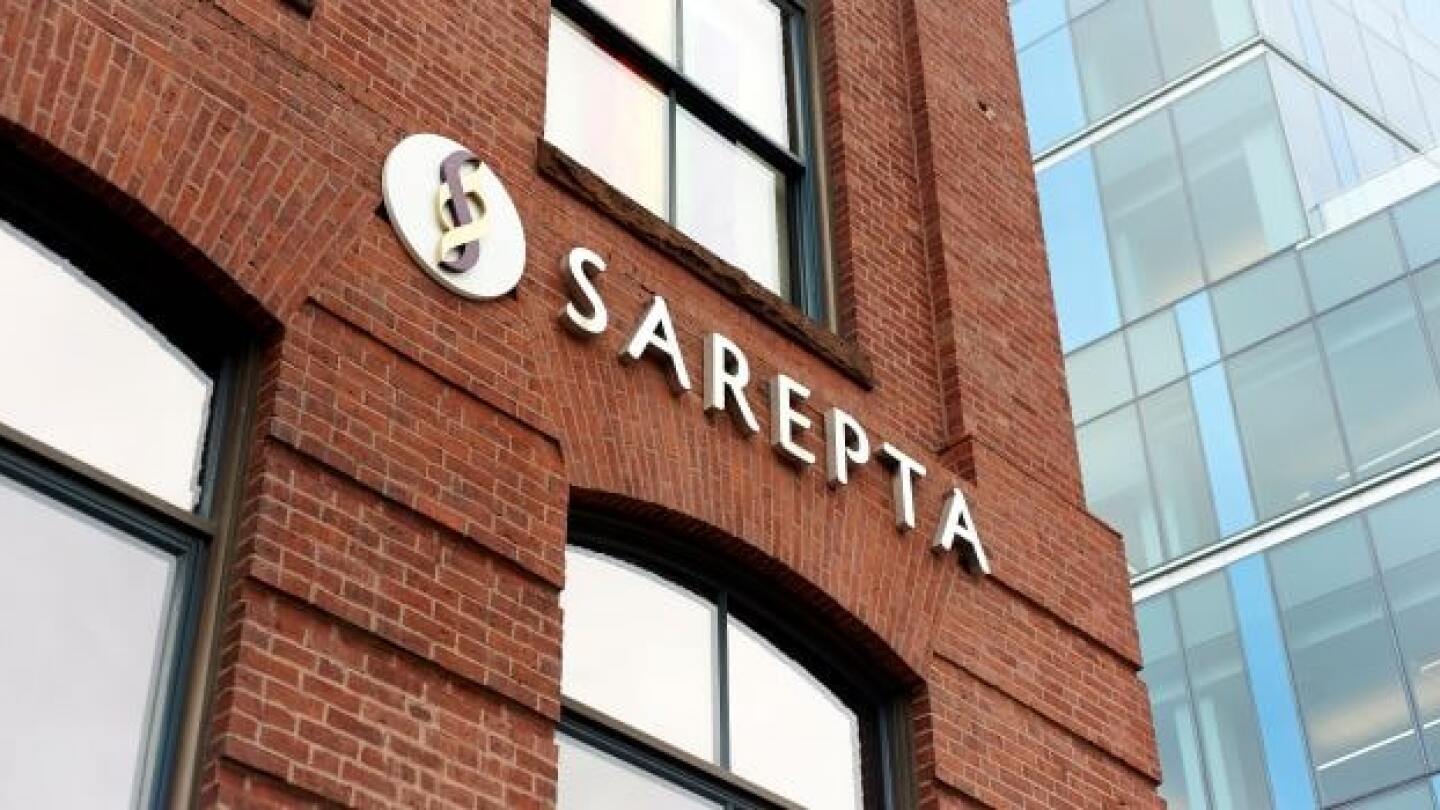Gene therapy
A report from analysts at Jefferies suggested that new screenings for metachromatic leukodystrophy and Duchenne muscular dystrophy could bump sales of the gene therapy Libmeldy by more than $100 million.
Addition joins a growing list of launches this year, following in the footsteps of startups like Crystalys Therapeutics and Ollin Biosciences.
These deals radically reshaped the biopharma world, either by one vaccine rival absorbing another, a Big Pharma doubling down after another failed acquisition or, in the case of Pfizer and Novo, two heavyweights duking it out over a hot obesity biotech.
Backed by Italy-based Fondazione Telethon ETS, Waskyra, for Wiskott-Aldrich syndrome, is the first gene therapy from a non-profit sponsor to win FDA approval.
The FDA approved an intrathecal form of Novartis’ spinal muscular atrophy gene therapy Zolgensma on Monday, broadening access to patients two years and older in what one Stanford Medicine professor called a “game changing advance” for the field.
Experts suggest the FDA’s Advanced Manufacturing Technologies designation could be a lifeline for improving production processes for approved cell and gene therapies.
Mixed headlines have plagued the cell and gene therapy space of late. We believe that a renewed case of optimism is not only warranted but essential if these therapies are to reach their full potential.
After revoking Sarepta’s award in July and awarding one to Krystal last month, the FDA’s platform technology designation program appears to be back on track. These six biotechs could be on the regulator’s radar.
The CRO market in the APAC region is thriving, particularly in China, due to intense clinical trial and innovation development, with Western investors and pharma leaning in.
Sarepta must also run a post-marketing study for Elevidys to better assess the risk of serious liver injury in patients dosed with the gene therapy.
PRESS RELEASES










